Identifying Black-capped Chickadees:
This tiny bird has a short neck and a large head, giving it a distinctive round body shape. Chickadees measure 4.5-6 inches from beak to tail on average with a wingspan of 6-8 inches. With a gray back and white belly, these birds have a very distinct black cap and "beard" accented by white cheeks, helping make them fairly easy to identify.
Chickadees are very social, active, and curious birds that live in flocks. These birds will typically be the first to investigate a new feeder. You'll know when they arrive from their very distinct "chicka-dee-dee-dee" call - with an increasing number of "dee" notes when they are alarms. You can listen to some Chickadee calls here.
Attracting Chickadees to Your Feeder:
Because of their small size, Chickadees are able to feed easily at a multitude of feeder types. Chickadees will readily eat sunflower seeds. In winter, seeds make up roughly half of the Black-capped Chickadee's diet with the other half consisting of berries and animal sources (insects, spiders, animal fat from carcasses) and they will gladly eat suet during this time as well.
Above: Black-capped Chickadee on Hanging Platform Feeder (Model# WWCF23)
Below: Black-capped Chickadee (right) on Squirrel Shield Advantage Cage Feeder (Model# SPCAGE-1)
While Chickadees will eagerly come to feeders for food, they seldom perch at a feeder for extended periods of time, often electing to snatch a quick morsel and retreat to a nearby tree or shrub to eat. A great way to attract chickadees to your yard is to ensure they have plenty of hiding places where they can eat comfortably. Native berry-bearing trees and bushes incorporated in your landscape is a perfect way to make sure these friendly little birds have a safe place to eat, and also double as an additional food source during the winter months.
Nesting:
Chickadees are cavity-nesters and will build their nests in natural cavities in trees or in an artificial nest box located 5-20 feet above the ground. The nest, built by the female, typically consists of moss with a lining of softer material such as animal hair. Average clutch size is 6-8 eggs. Eggs are white with very fine reddish-brown specks. Incubation period typically lasts around 2 weeks, and the young will usually fledge in an additional 2 weeks after hatching.
Above: Chickadee nest in Bluebird Box House w/Viewing Window (Model# CWH4)
Leave a comment to share with us your Chickadee stories!



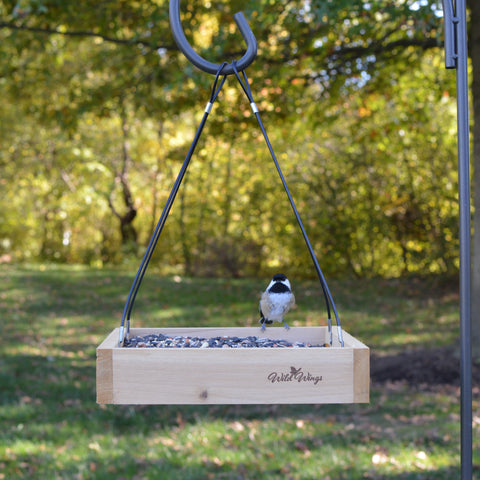
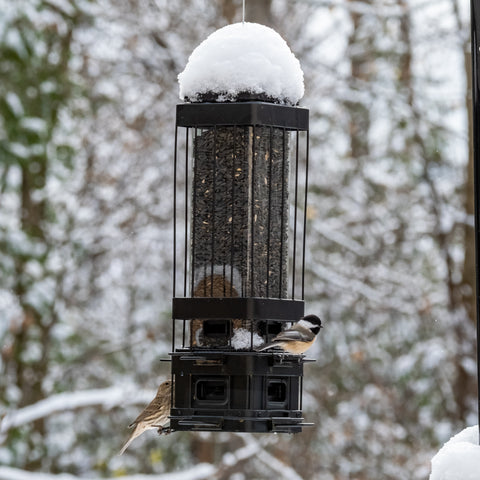





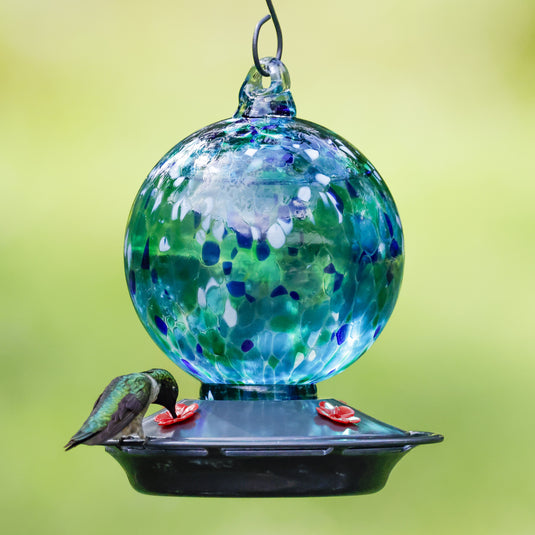
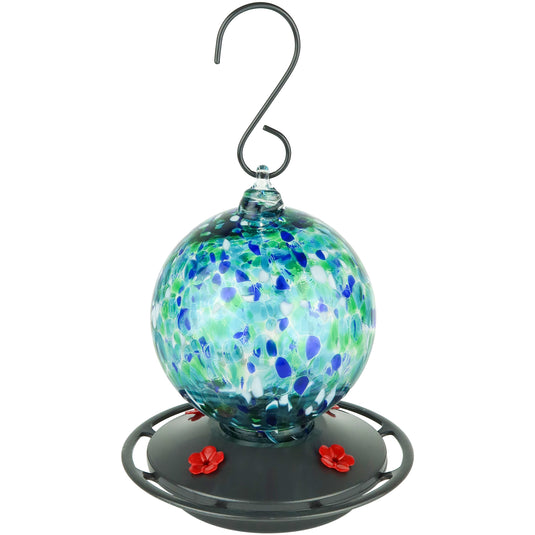


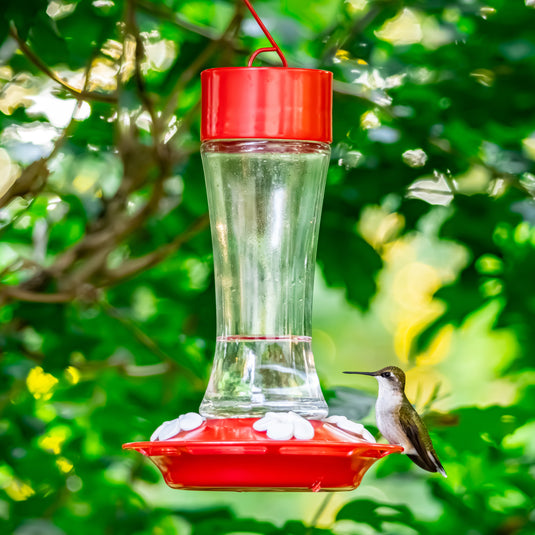
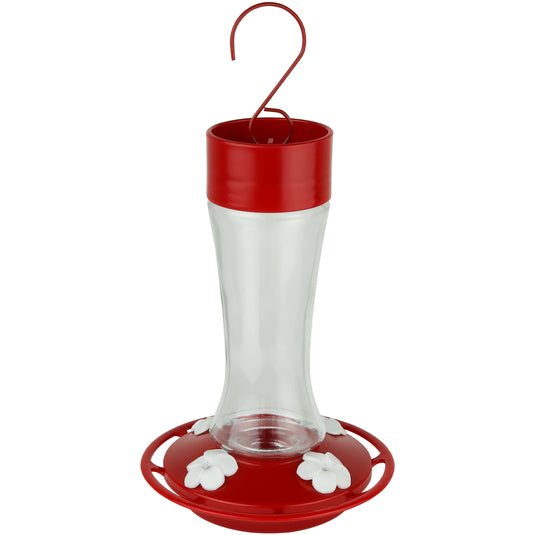
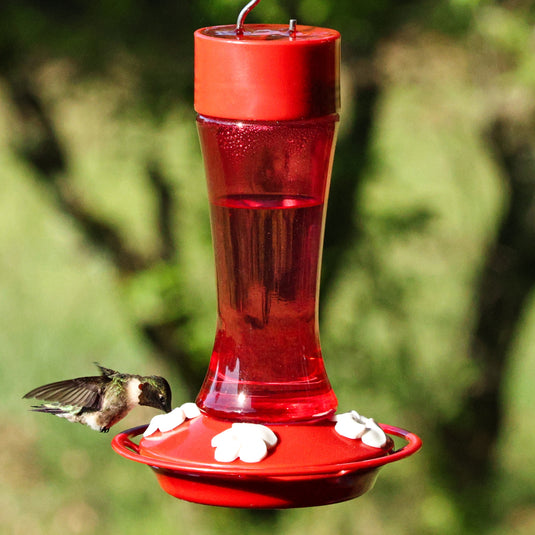
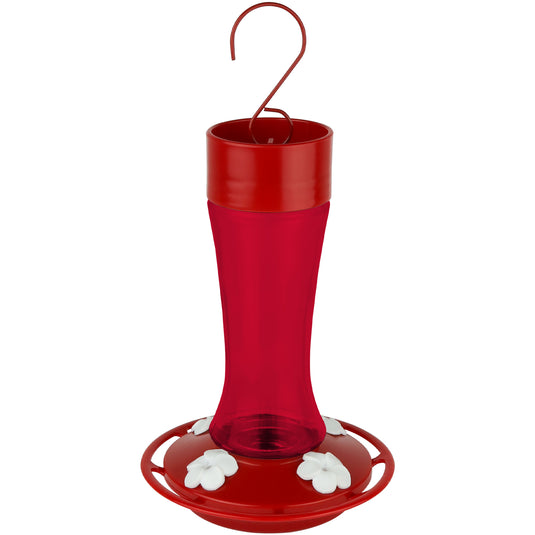
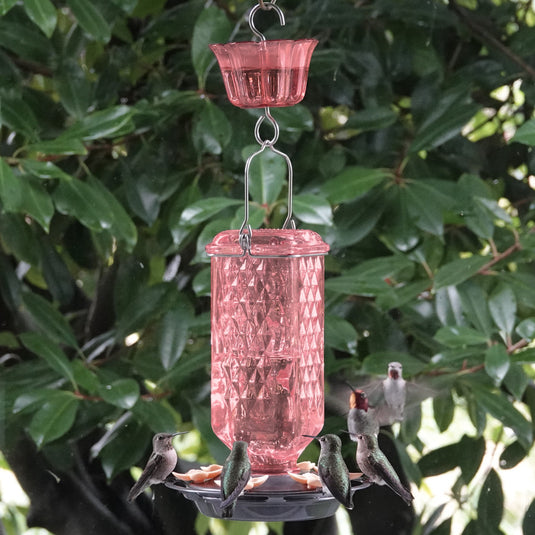
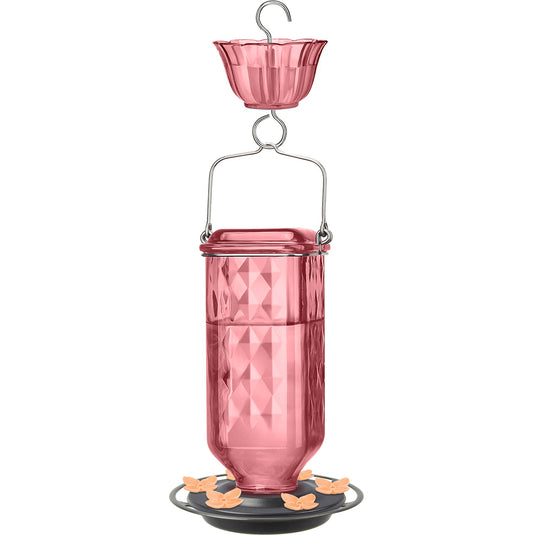
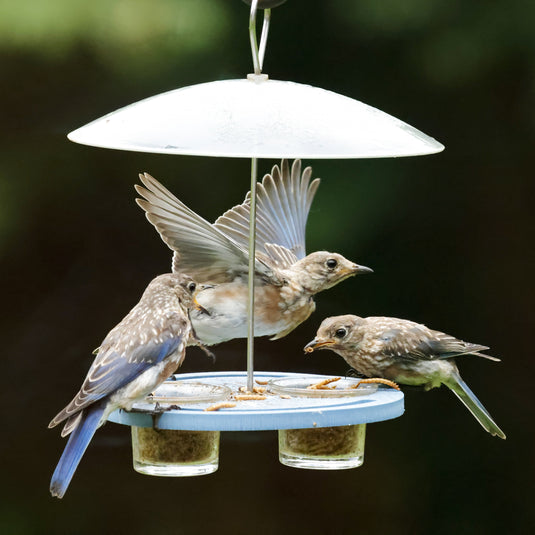
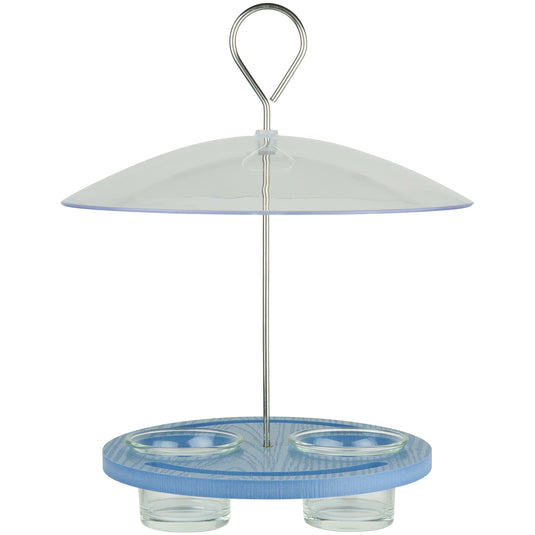
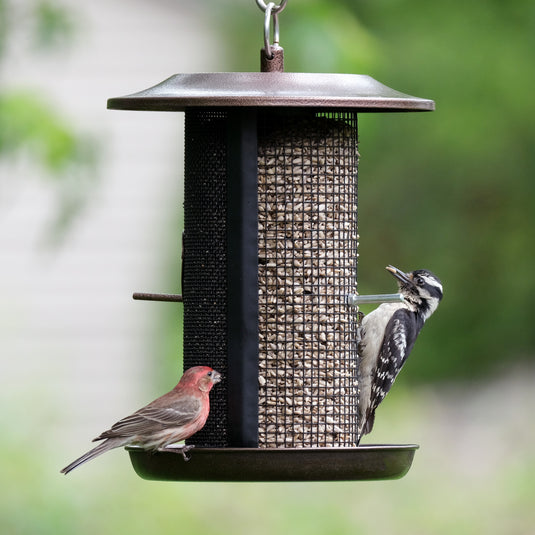
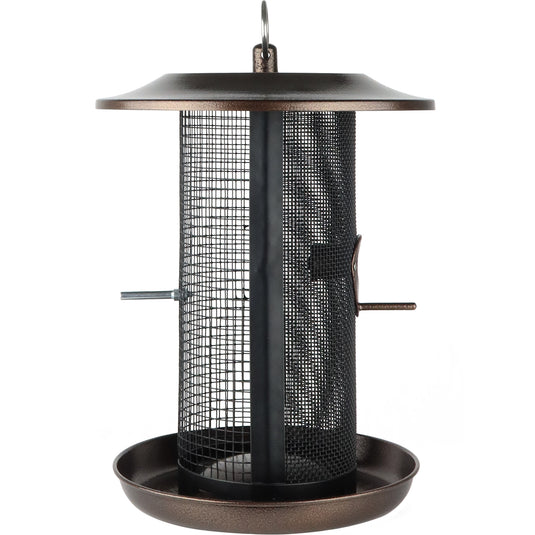

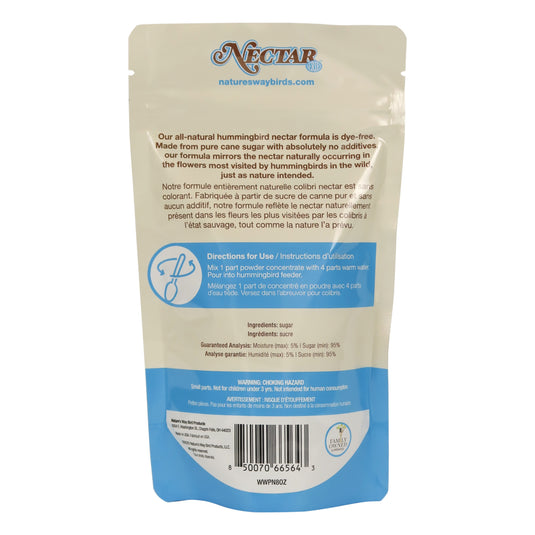
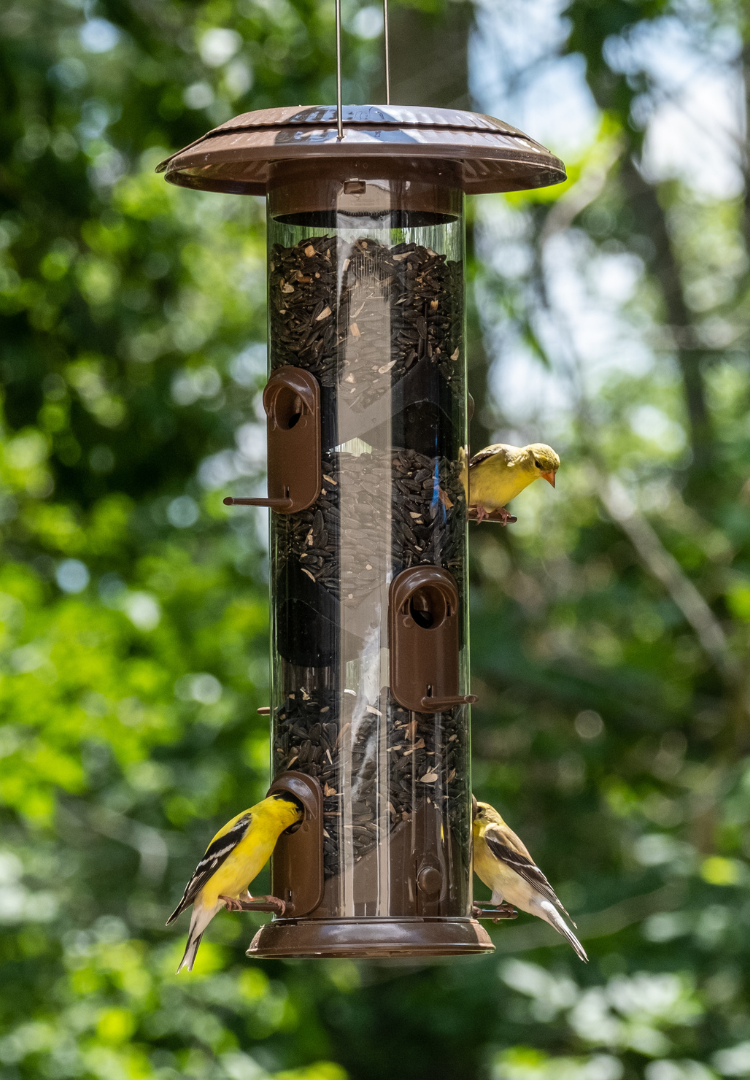
In the summer, we often notice that the chickadee is the only bird to venture to our bird feeder near the patio. When we are eating outside. Guests will often say, “Oh, there’s a bird at your feeder!” and I will describe it to them even though my back is turned because it is almost always a chickadee.